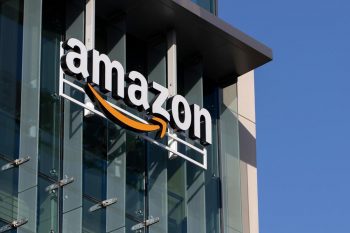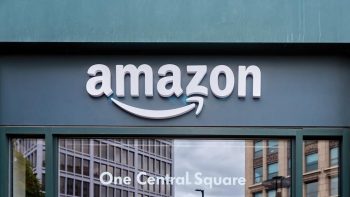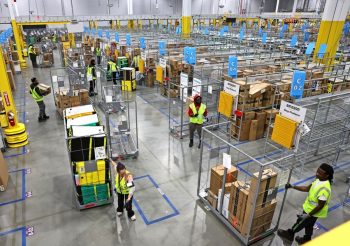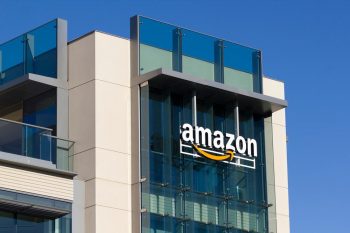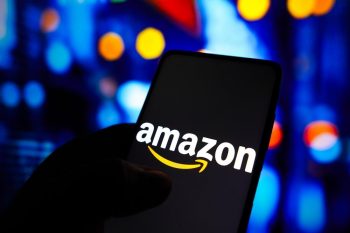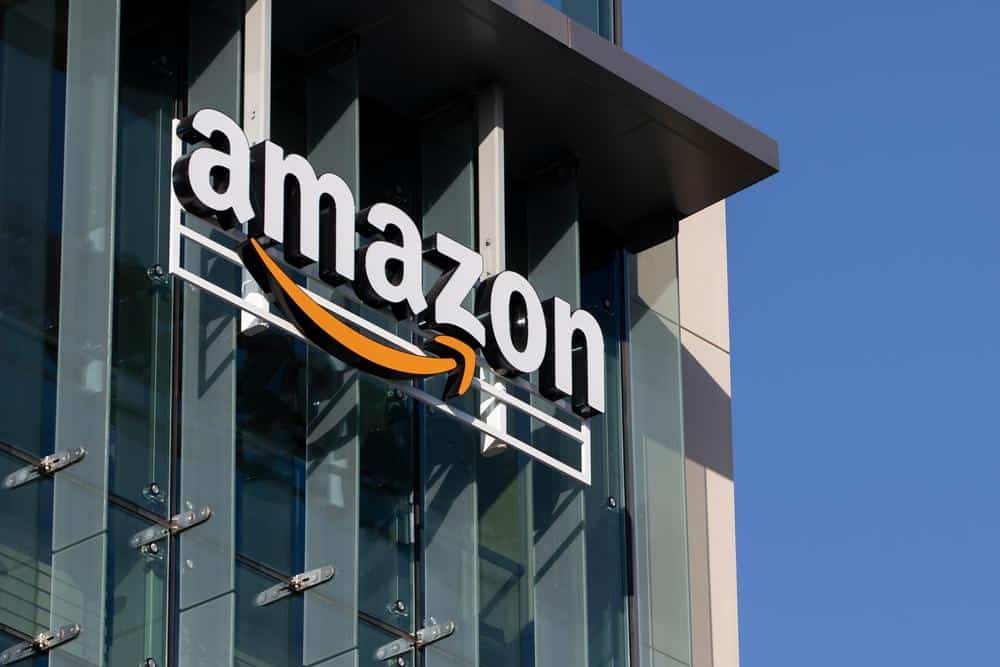
The Amazon rainforest, often referred to as the “lungs of the Earth,” is currently burning at an alarming rate. But why is the Amazon burning? The answer lies primarily in human activities, particularly deforestation for agricultural purposes, such as cattle ranching and industrial agriculture. Unlike wildfires in other regions, fires do not occur naturally in the humid, tropical Amazon rainforest.
The Amazon is primarily burning due to human activities, particularly deforestation for agricultural purposes such as cattle ranching and industrial agriculture. Farmers and ranchers often set trees on fire to clear land, sometimes leading to uncontrollable fires. Climate change, weak governance, corruption, and illegal logging also contribute to the problem. The fires have severe environmental impacts, including climate change, biodiversity loss, and degradation of the forest ecosystem.
Primary Causes Behind the Amazon Forest Fires
Farmers and ranchers often cut down forests and set trees on fire to clear land, and sometimes these fires run out of control. The fires are more prevalent during the dry season, which peaks in August and September, making it harder to control the fires. Climate change is also affecting the Amazon forest fires, as higher temperatures and drier conditions make it harder to keep fires under control. Moreover, weak governance, corruption, and illegal logging contribute to the problem.
The Impact of Human Activity
Illegal clear-cutting and subsequent fires often occur in or near indigenous territories, destroying their crops and depleting stocks of edible and medicinal plants and hunting game. This environmental destruction affects both the health and livelihoods of indigenous people. Deforestation has spillover effects by increasing the chances of wildfires. In the short term, fires destroy trees and plants essential to a functioning rainforest, potentially driving local extinctions. In the long term, the scorched lands thwart natural forest growth, and the clearing of the forest facilitates the spread of invasive species.
Ecological Consequences of Amazon Burning
The ecological consequences of the Amazon burning are significant and far-reaching. They include biodiversity loss, climate change, health impacts, deforestation, and altered hydrological cycles. The Amazon rainforest plays a crucial role in storing carbon and regulating the global climate. When the forest burns, large amounts of carbon dioxide are released into the atmosphere, contributing to climate change.
The Impact on Global Climate Change
The Amazon rainforest holds an estimated 150 billion tons of carbon, which is equivalent to more than 10 years’ worth of global fossil fuel emissions. Deforestation and fires in the Amazon can also lead to changes in rainfall patterns and distribution, affecting regional climates. The loss of the Amazon rainforest would have global consequences, as the carbon dioxide released into the atmosphere would quickly diffuse all over the world.
Impact on Indigenous Communities
The fires in the Amazon have had significant impacts on indigenous communities living in the region. These impacts include threats to isolated and uncontacted indigenous groups, health impacts, loss of livelihoods, displacement and violence, loss of culture and traditional way of life, and increased respiratory illnesses.
Impact on Biodiversity
The fires have a devastating impact on the Amazon’s biodiversity, affecting 93-95% of its plant and animal species. Endangered animals are at risk, as the fires destroy their habitats and put additional pressure on their populations.
Prevention and Control Measures
Several actions are currently being taken to prevent and control wildfires, including public education and awareness campaigns, regulatory strategies, land use planning and zoning, national strategies, forest management, fire suppression tactics, prescribed burns, building wildfire-resistant homes, monitoring air quality, and investing in research and technology.
What Can We Do?
As individuals and global leaders, we can take several actions to help stop the burning of the Amazon rainforest. We can support organizations and initiatives that protect the Amazon, raise awareness about the issue, advocate for policy changes, reduce consumption of products contributing to deforestation, and support indigenous populations.
Global leaders can apply international pressure on the Brazilian government, implement sanctions, halt donations and trade deals, and encourage international cooperation to protect the world’s rainforests and tackle climate change together.
In conclusion, human activities, particularly deforestation for agricultural purposes, are the primary cause of the Amazon fires. The fires have severe environmental impacts, including climate change, biodiversity loss, health risks, and degradation of the forest ecosystem. Therefore, it is crucial to implement and enforce effective forest policies to protect the Amazon’s biodiversity and maintain the ecological and climatic stability of the region.
Frequently Asked Questions
What is deforestation?
Deforestation is the removal or clearing of forests, usually to make way for agricultural activities, urban development, or logging. This can be done through methods such as burning or cutting down trees.
What are the primary agricultural activities contributing to deforestation in the Amazon?
The primary agricultural activities contributing to deforestation in the Amazon are cattle ranching and industrial agriculture, including the cultivation of soybeans and palm oil.
How does the burning of the Amazon rainforest contribute to climate change?
The burning of the Amazon rainforest contributes to climate change by releasing large amounts of carbon dioxide, a greenhouse gas, into the atmosphere. This increases the concentration of greenhouse gases, leading to a rise in global temperatures.
How does deforestation affect biodiversity?
Deforestation affects biodiversity by destroying the habitats of various plant and animal species, leading to a decrease in their populations. This can lead to the extinction of species and a loss of biodiversity.
What can individuals do to help prevent the burning of the Amazon rainforest?
Individuals can help prevent the burning of the Amazon rainforest by supporting organizations and initiatives that protect the Amazon, raising awareness about the issue, advocating for policy changes, reducing consumption of products contributing to deforestation, and supporting indigenous populations.
What role do global leaders play in preventing the burning of the Amazon?
Global leaders can apply international pressure on the Brazilian government, implement sanctions, halt donations and trade deals, and encourage international cooperation to protect the world’s rainforests and tackle climate change together.

